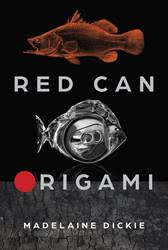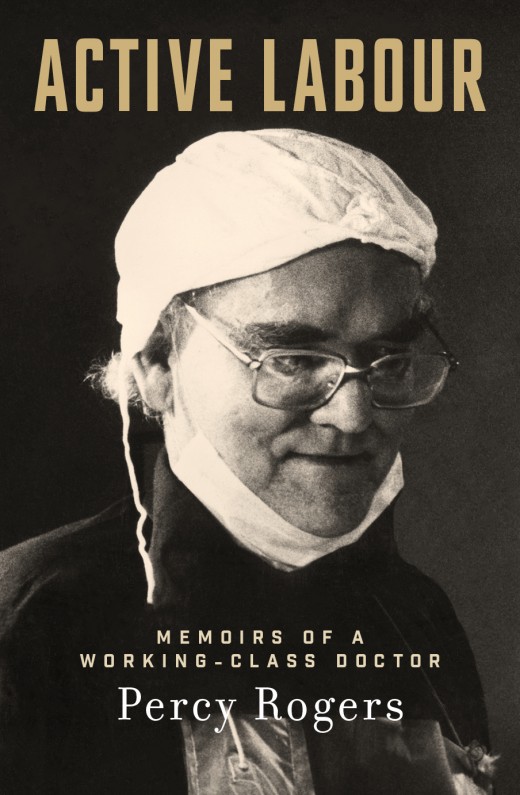Many writers are often unsure whether to hyphenate or not to hyphenate a descriptive word combination in a sentence. We all know there are often exceptions to a ‘rule’ in grammar-talk, and many word combos that have required a hyphen to separate them in the past, such as ‘on-line’, ‘stand-alone’ and ‘proof-reader’, are now morphing into one word. When editing or proofreading I often come across incorrect hyphenations (or not) of word combinations, particularly involving the adverb ‘well’.
Most English/Australian style guides and dictionaries have set the rule that ‘well’ requires a hyphen when it forms a ‘duet’ with another word as a compound adjective and comes before the noun it is modifying or describing (e.g. the well-crafted story). However, (and this is where many writers make mistakes) there is no hyphen when ‘well’ functions purely as a standalone adverb and follows the noun being modified (e.g. the story was well crafted).
Here are four grammar rules that you can safely write in indelible ink:
- When you use ‘well’ in a compound adjective (or phrasal adjective) before a noun, add a hyphen.
We were impressed with the well-attended exhibition.
- When ‘well’ functions as an adverb and follows a (state-of-being) verb that directly modifies the subject of the sentence, leave it in an open construction with no hyphen.
Berthe Morisot was well respected within the French Impressionist circle of artists.
- If the compound adjective is modified (e.g. by very or exceptionally), a hyphen is never used:
As a very well known artist, Moriset was chosen to exhibit in the Impressionists’ exhibitions.
- And just to add more confusion: always add a hyphen if ‘well’ is part of a standard expression that indicates a concept and the sentence doesn’t make sense if ‘well’is left out, regardless of where it is placed in the sentence:
She chose an apartment that was well-appointed.
His arguments were well-founded.
(You wouldn’t write: her apartment was appointed; his arguments were founded.)
There are many other points of difference, but another compound adjective that is often incorrectly hyphenated consists of a participle (a form of a verb that can be used as an adjective) or an adjective preceded by an adverb ending in ly. These compound adjectives are not hyphenated, whether they are placed before or after a noun.
The finely carved chair/ the chair was finely carved
The highly talented dancer/the dancer was highly talented
And so, to conclude with a sentence that includes some of these rules:
The elegantly dressed speaker, who was well known to the audience, addressed the gathering with a well-rehearsed speech that was highly emotive, but well-intentioned.
Here are other standard applications of the popular word ‘well’, whether you like them or not:
Well, that didn’t go as planned!
Well?
I can hear you well enough.
Please leave well alone.
That’s all very well, but . . .
as well as
well-to-do
P.S. When a compound adjective consists of two adjectives, or of a noun plus an adjective, the expression is hyphenated no matter whether it precedes or follows the noun it is describing. For example: bitter-sweet, accident-prone, red-hot, colour-blind. (Australian Style Manual, Snooks & Co.)
Proofreading or Editing
 If you are ready to have your writing proofread or edited then you’re welcome to email me via my contact page with a brief overview of your writing project, or directly: denise@denisemtaylor.com.au. I will respond with an idea of how I can help with either editing or proofreading, plus an estimate of my fee.
If you are ready to have your writing proofread or edited then you’re welcome to email me via my contact page with a brief overview of your writing project, or directly: denise@denisemtaylor.com.au. I will respond with an idea of how I can help with either editing or proofreading, plus an estimate of my fee.
My proofreading and editing is based on the Australian Style Manual (ASM) unless an author has been commissioned to write a book using the publishing house style guide. In particular, editing academic writing requires the copy-editor/proofreader to adhere to the preferred style and referencing of the institution or publisher.
Featured image (it is well.): Corinne Kutz on Unsplash.





